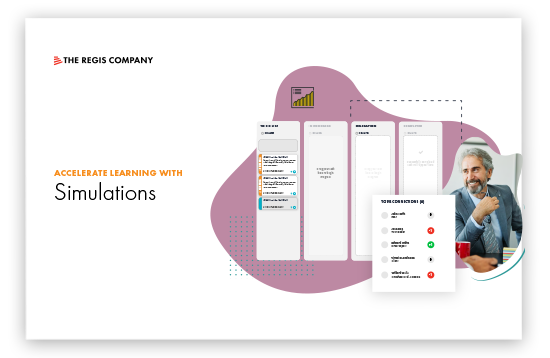We all have ingrained ideas and beliefs about how the world works based on our own experiences, upbringing, culture, and values. Those ideas and beliefs -known as mental models, mindsets, or schemas – can help or hinder the development of abilities at work and in our personal lives.
Peter Senge, a noted lecturer at the Sloan School of Management MIT and co-founder of the Academy for Systems Change, defines mental models as “deeply held internal images of how the world works, images that limit us to familiar ways of thinking and acting.” He also notes that very often, we’re not consciously aware of our mental models or the effects they have on our behavior.
At a practical level, what this means is that each of us views the world in a completely different way—through our own mental model. This unique mental model influences the ways in which we interpret events, understand problems, and develop solutions.
So what do mental models have to do with developing leaders?
Turns out, a lot.

